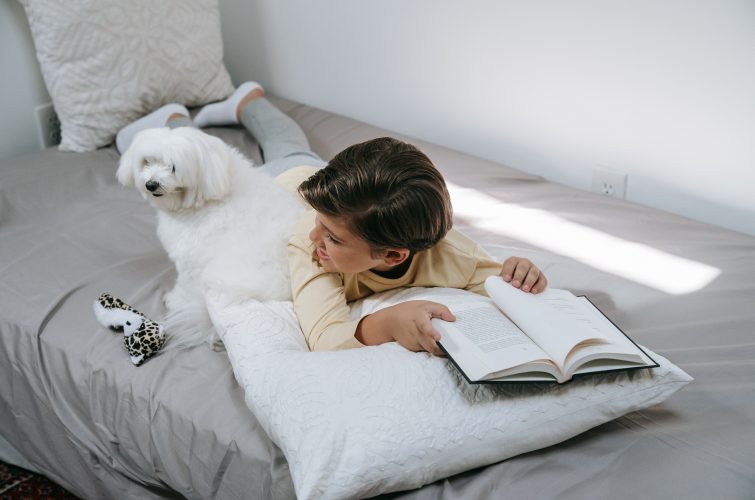
If we had been told two years ago, we would be teaching our children from home for extended periods of time we would not have believed it. It certainly is not what I signed up for as a teacher and for most parents, it isn’t what they signed up to either!
Accept things are not normal
The first thing to recognise is that remote learning is not like the regular classroom. When working in a classroom, our teachers are constantly making adjustments to suit the needs of their students, whether that be the systems we put in place to support the child with autism, the time to wriggle for the student with ADHD or the reassuring words for the anxious ones. Children with these hidden disabilities still need accommodations put in place to support them as they learn from home, but it might look a bit different to the regular classroom. One of the beauties of working at home is access to a whole range of support tools we do not have access to in the classroom such as a trampoline to burn off excess energy or the dog to pat and talk to.
Try to be predictable
Ask any teacher and they will tell you that children need routine – it helps them know where they stand and what to expect. When things around them are uncertain, our children need a level of certainty to reassure them that things will be ok. This is all the more important for students who are navigating anxiety or autism for example. Keeping a regular routine where our children know what is expected helps create stability and predictability. Let your child know the plans for the day, help them have what they need in advance and talk about ‘back-up plans’ for when things do not work.
Take time out when needed
As adults, most of us have helpful strategies in place to regulate our emotions and to deal with stress. This might mean going for a walk, meditating, listening to music or hitting the gym. Our children need support to find strategies that work for them as well as ‘permission’ to know they are allowed to use these strategies as required. When your child is in a good place, talk with them about strategies that help with self-regulation. Create a menu of self-regulation activities they can choose from which work for your child so that it is easy for them to be in control of what they need. It is also helpful to deliberately build some time into the day to step away from schoolwork to recharge and refocus. Taking 10 minutes away from the desk to recharge and self-regulate is time much better spent than fighting through tears and restlessness.
Keep in contact
Now more than ever, it is essential that we keep in contact with our support people. If your child is struggling with learning from home, it is important that you touch base with the school to talk through any issues and discuss strategies to support your child. It is also helpful to talk through strategies with other parents to see what is working for them and to share the journey.
Keeping in contact is also important for our children too. While our children can’t be out playing with their friends, they need to maintain these relationships and connections. For a child with anxiety, losing those connections and face-to-face interactions can be quite unsettling. Tee up a time for them to chat with friends – maybe set up a video call over lunch or let them call a friend to show them their latest Lego creation.
Keep things in perspective
It is easy for us to feel overwhelmed with worries about the impact learning from home will have on our children. While it seems like an eternity now, this is a short time in our lives where we have the opportunity to look through the window of learning for our children. Most parents are not trained teachers and are juggling the demands of their own work. We are all doing the best we can with what we have got available to us in the here and now. Use it as a chance to get alongside your children, engage with their learning journey and see what helps them learn best.
Things we are doing at school to support students with different learning needs:
This article has been written by Emma Charlton, K-6 Wellbeing Coordinator at Kinross Wolaroi School.